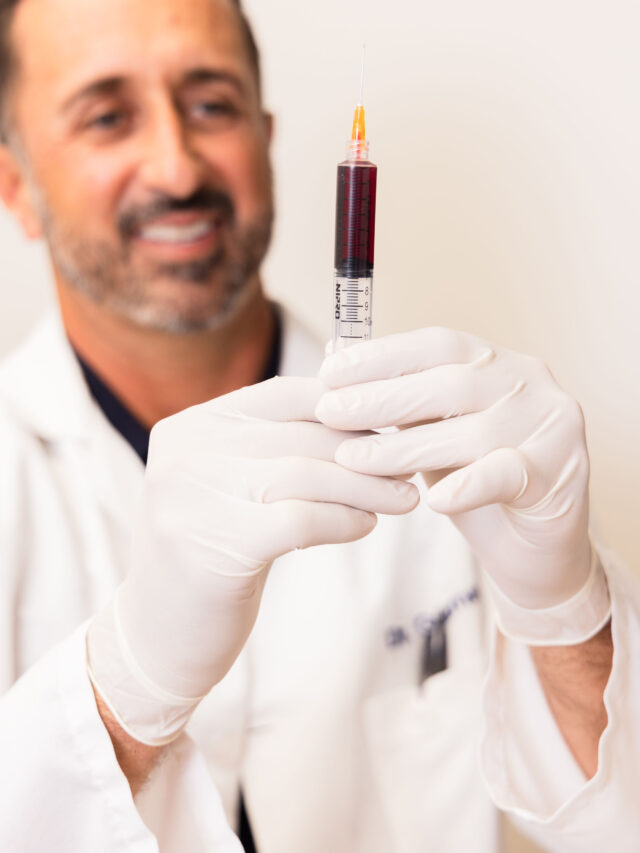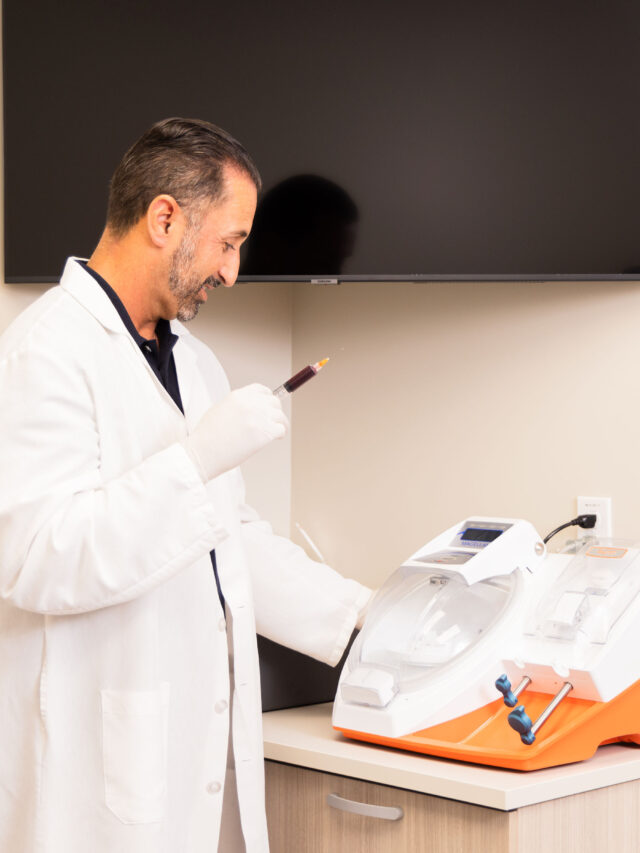
Learn how a joint injection procedure can help remedy joint pain caused by rheumatoid arthritis, septic arthritis, osteoarthritis, and hip joint issues.
Everything You Need to Know About a Joint Injection
Between the constant medication and chronic pain, joint pain barely leaves one with enough strength to go through the day normally. On top of that, if the issue isn’t resolved quickly, even a minor knee injury can develop into a complicated fracture that burdens the patient long-term.
That’s why Dr. Guzman strives to provide lasting results. Through our joint injection treatments, we hope to give patients the pain relief and strength they need to get back to living their lives.
What Are Joint Injections?
Joint injections or cortisone shots are used for the treatment of irritated, inflamed joints. They are a type of corticosteroid injections shot directly into the affected vein, soft tissue, or joint.
Note that corticosteroids are an entirely different substance from anabolic steroids. The latter are man-made versions of the male sex hormone, testosterone.
Anabolic steroids are not used for pain relief or inflammation treatment, but rather, for addressing hormonal imbalance issues. In some cases, athletes use them to improve muscle mass and boost athletic performance.
Meanwhile, corticosteroids like cortisone injections are composed of anti-inflammatory and analgesic compounds that imitate cortisol, a hormone naturally secreted by the adrenal gland.
Steroid medications may be administered orally or through an IV drip, but these do not guarantee effectiveness. That’s why a direct or local joint injection is necessary to ensure the hormones reach the problem area.
What Conditions Can Joint Injections Treat?
A joint injection is often used in treating inflammation-induced conditions, such as:
- Knee or shoulder osteoarthritis
- Plantar fasciitis
- Tennis or golfer’s elbow
- Carpal tunnel syndrome
- Subacromial bursitis

Learn how a joint injection procedure can help remedy joint pain caused by rheumatoid arthritis, septic arthritis, osteoarthritis, and hip joint issues.
Everything You Need to Know About a Joint Injection
Between the constant medication and chronic pain, joint pain barely leaves one with enough strength to go through the day normally. On top of that, if the issue isn’t resolved quickly, even a minor knee injury can develop into a complicated fracture that burdens the patient long-term.
That’s why Dr. Guzman strives to provide lasting results. Through our joint injection treatments, we hope to give patients the pain relief and strength they need to get back to living their lives.
What Are Joint Injections?
Joint injections or cortisone shots are used for the treatment of irritated, inflamed joints. They are a type of corticosteroid injections shot directly into the affected vein, soft tissue, or joint.
Note that corticosteroids are an entirely different substance from anabolic steroids. The latter are man-made versions of the male sex hormone, testosterone.
Anabolic steroids are not used for pain relief or inflammation treatment, but rather, for addressing hormonal imbalance issues. In some cases, athletes use them to improve muscle mass and boost athletic performance.
Meanwhile, corticosteroids like cortisone injections are composed of anti-inflammatory and analgesic compounds that imitate cortisol, a hormone naturally secreted by the adrenal gland.
Steroid medications may be administered orally or through an IV drip, but these do not guarantee effectiveness. That’s why a direct or local joint injection is necessary to ensure the hormones reach the problem area.
What Conditions Can Joint Injections Treat?
A joint injection is often used in treating inflammation-induced conditions, such as:
- Knee or shoulder osteoarthritis
- Plantar fasciitis
- Tennis or golfer’s elbow
- Carpal tunnel syndrome
- Subacromial bursitis
What’s the Process for Getting Joint Injections?
Joint injection treatments are outpatient procedures. The patient doesn’t have to be admitted to a hospital.
The joint injection protocol dictates that our head physician Dr. Guzman will first clean the affected area and apply a local anesthetic to the injection site.
The next step varies depending on where the injection site is:
- Dr. Guzman may need to do an ultrasound if the needle is hard to maneuver into the joint.
- If the affected area is the knee, then the doctor may extract some joint and synovial fluid first, as well.
Once the needle is inserted, you may feel mild pressure or discomfort. Afterward, the injection site is covered or bandaged.
Is There Anything to Keep in Mind After the Treatment?
Many of our patients report quick pain relief after receiving a joint injection, but it’s best to refrain from performing strenuous physical activities for the next few days.
For more information on how joint injections can ease pain and inflammation, reach out at 559-298-9600 or book online. Our head physician Dr. Guzman would be more than happy to answer all your queries!
Have you or a loved one ever undergone a joint injection? Share your recovery experience with us in the comments section.


